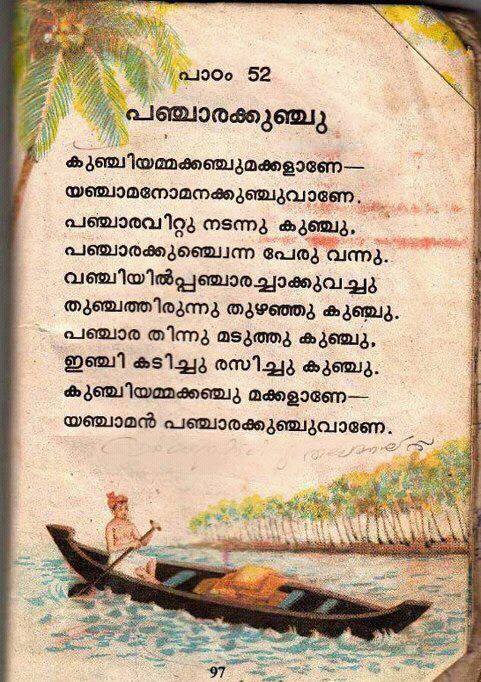
The whisper of the aspens is not drowned,Īnd over lightless pane and footless road, Thomas identifies in the trees’ continuous movement a metaphor for human endeavour – like the aspens, we have no choice but to go on.

The title of this poem tells us what it’s about – specifically, the way aspen trees sway side to side day and night, whatever the weather. We’ve analysed Frost’s poem in detail here.

The poem seems to remind us that even our most seemingly pure encounter with the realness of nature is one mediated through an equally real world of economic and legal arrangements: these woods are not just ‘nature’, they are owned by someone who has every legal right to consider Frost a trespasser. Everything is silent, apart from the soft wind and the slight sound of snowfall. So the owner will not notice Frost stopping by to observe the snow falling upon the trees. One of Frost’s best-loved poems if not the best-loved, ‘Stopping by Woods’, like Hardy’s ‘The Darkling Thrush’, takes a wintry evening as its setting but goes further into the woods than Hardy did (who was merely leaning ‘upon a coppice gate’).įrost passes some woods one evening during winter, and tells us that he thinks a man who owns the woods lives in the village some distance away. Robert Frost, ‘ Stopping by Woods on a Snowy Evening’. Kipling’s poem is laden with symbolism: does this woodland road suggest a link to our own past (and our childhood), or to a collective past, which can now barely be revisited? Part of the poem’s power lies in its ambiguity.ĥ. This poem sees a road through the woods being rediscovered, and the old significance of it being unearthed. Rudyard Kipling, ‘ The Way through the Woods’.

Housman’s first, self-published volume, A Shropshire Lad (1896).Ĥ.


 0 kommentar(er)
0 kommentar(er)
